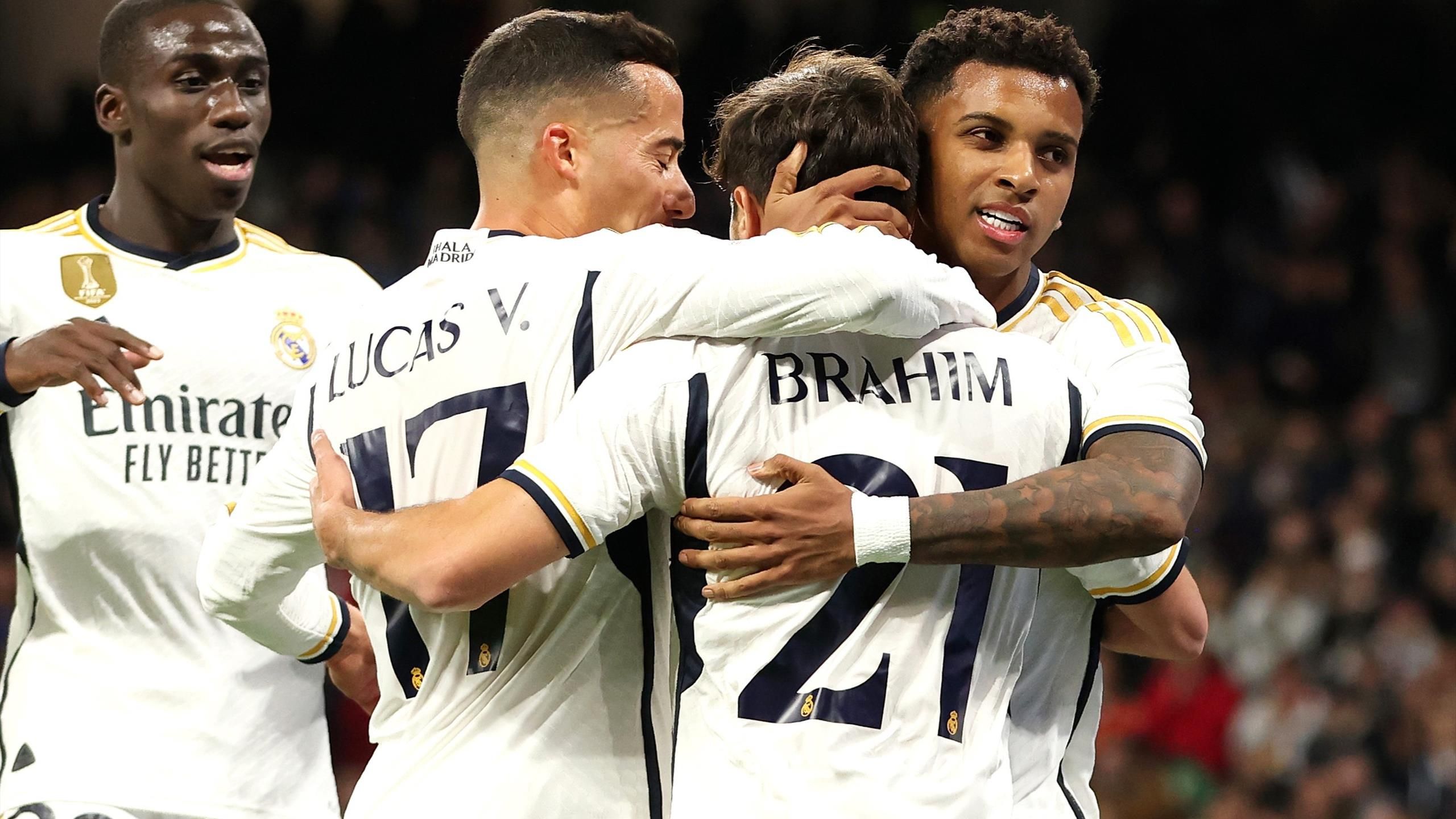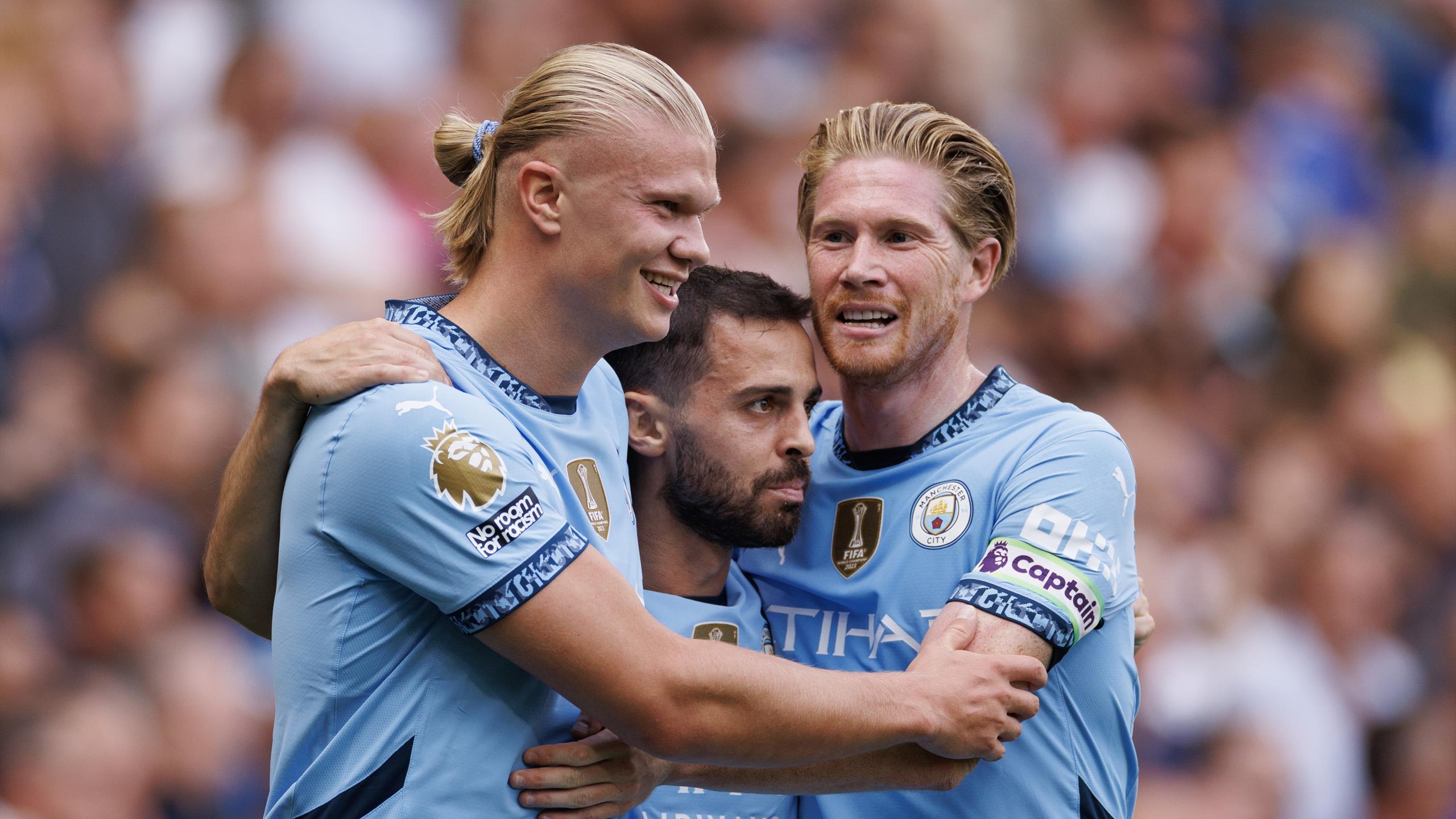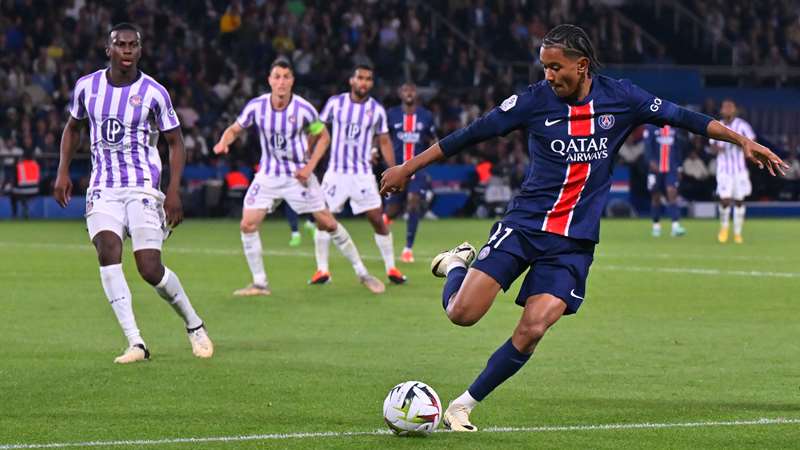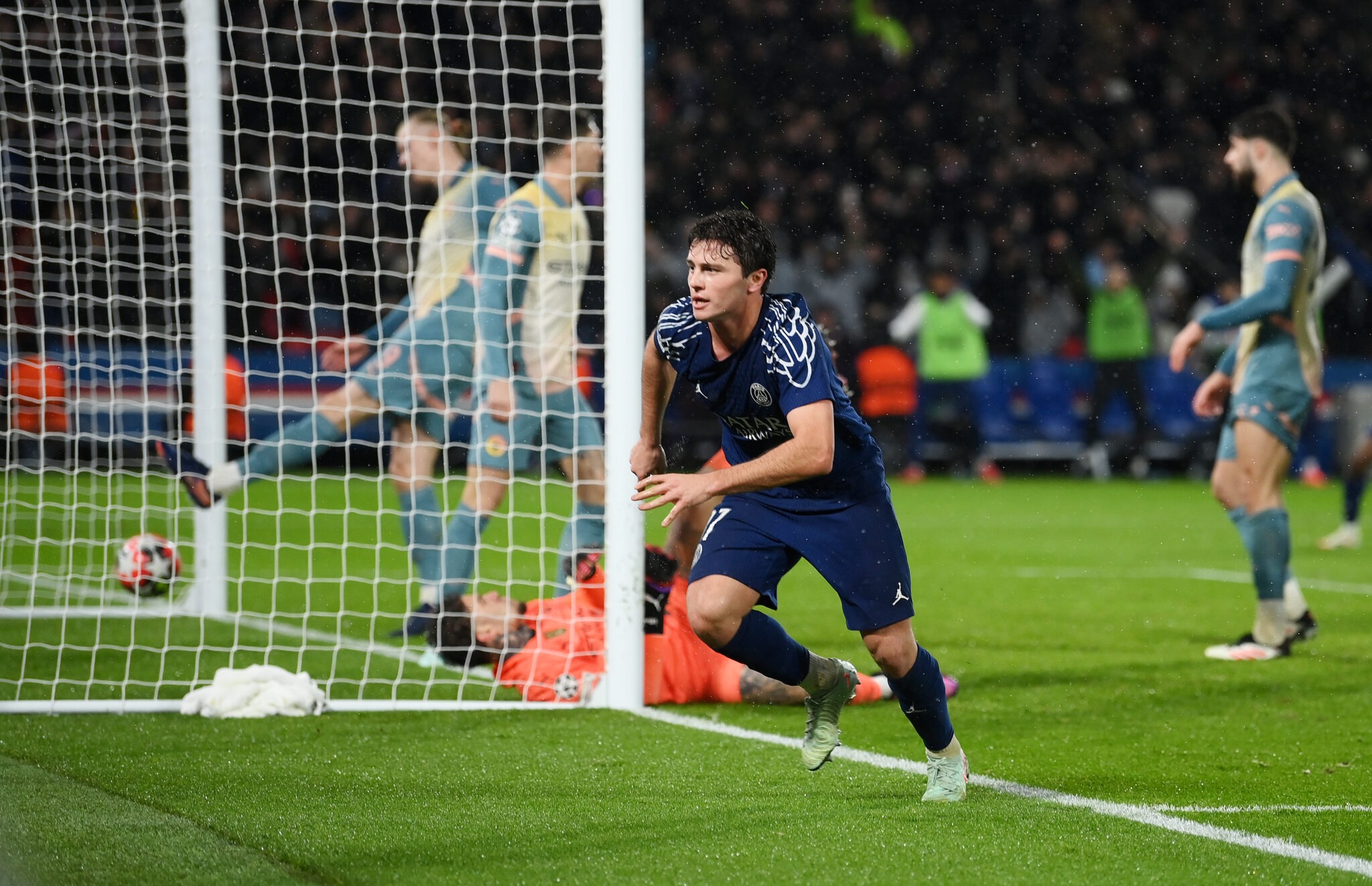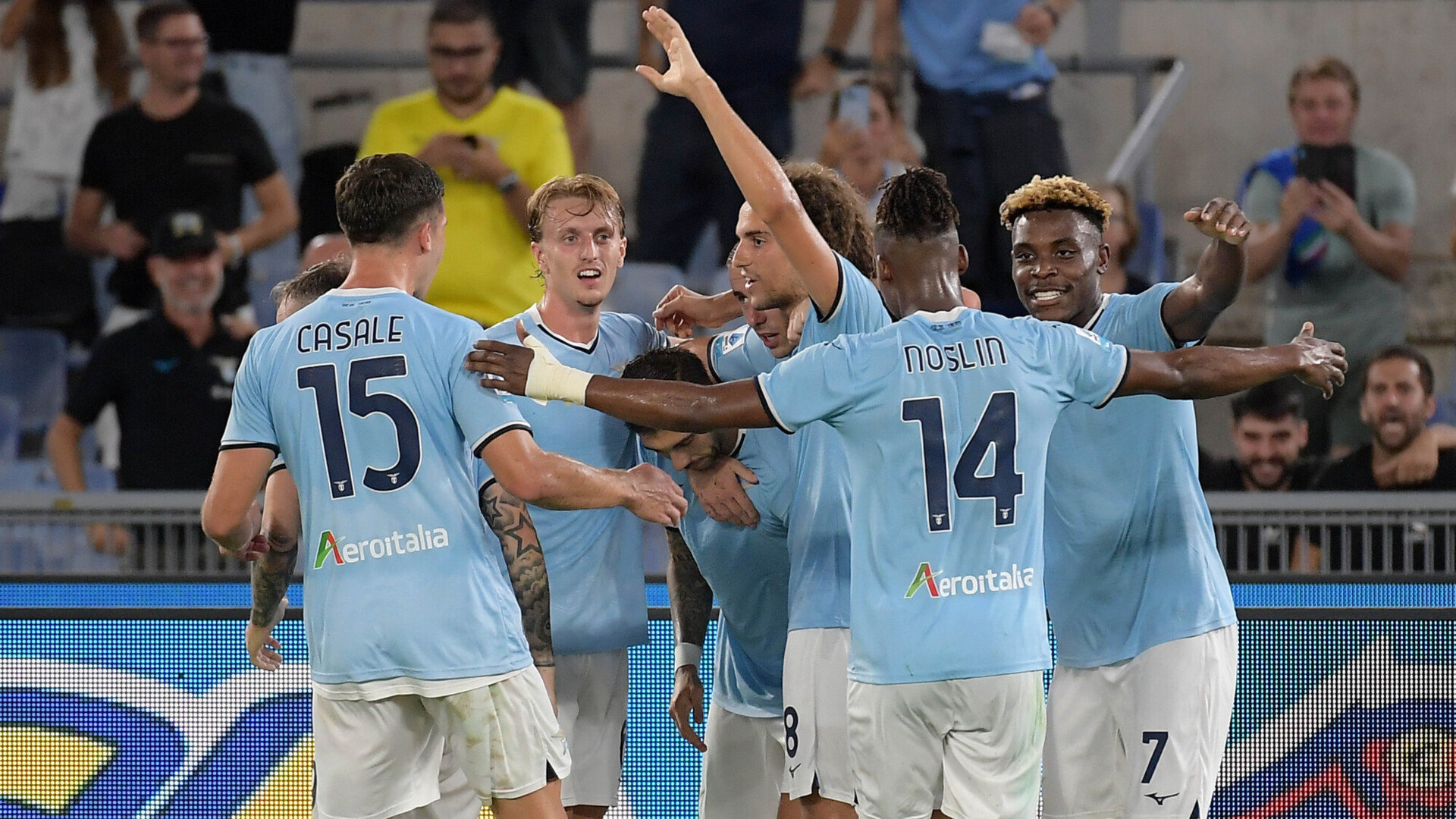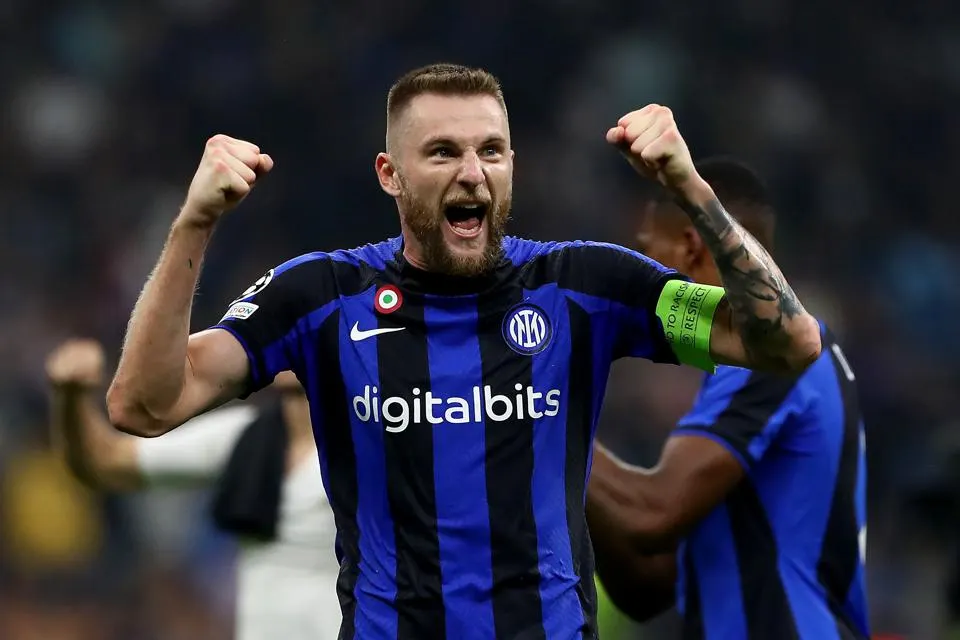Our history
Kicking off with the foundation of UEFA in 1954, we track the defining matches and moments that that have shaped 70 years of European football history – on and off the field.
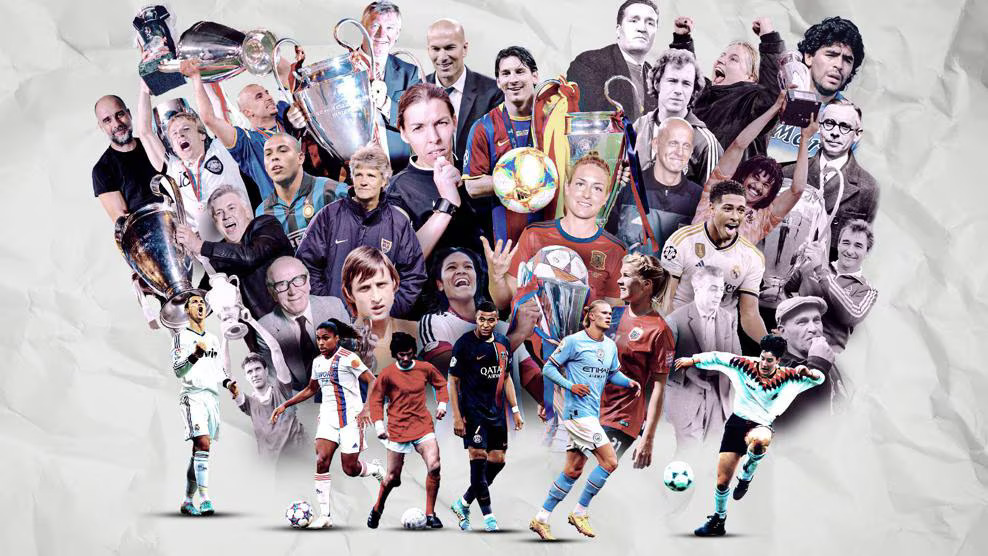
1954: the birth of UEFA
The story of UEFA began in the early 1950s as a quest by national governing bodies across the continent. Their goal: to unite the European game in a spirit of solidarity to develop the game on and off the field.
Many of these bodies wished to expand their activities, so their national and club teams could play either international friendly matches or in a competition setting. They also sought to enhance the development of key sectors of the game, such as training coaches and match officials, as well as to leverage the rapidly growing medium of television.
The road to European football union – based on mutual cooperation and solidarity – gathered speed between 1950 and 1954 thanks to three pioneering figures: Italian Football Federation president Ottorino Barassi, Belgian Football Association general secretary José Crahay, and French Football Federation president Henri Delaunay. The trio worked tirelessly behind the scenes to set the course for a new dawn of European football.
1950s
The story of UEFA begThe fledgling UEFA took little time to find its feet after its foundation in June 1954. Important projects were quickly set in motion – none more so than the launch of two major competitions: the European Champion Clubs’ Cup for club teams, and the European Championship for national teams.
The Champion Clubs’ Cup kicked off in September 1955. Spanish club Real Madrid would dominate the competition’s early years, winning the trophy five times in succession.
At the same time, the idea of a European national team competition gained strength, leading to the European Championship making its bow in September 1958. Both competitions were to become iconic pillars on the European football landscape.
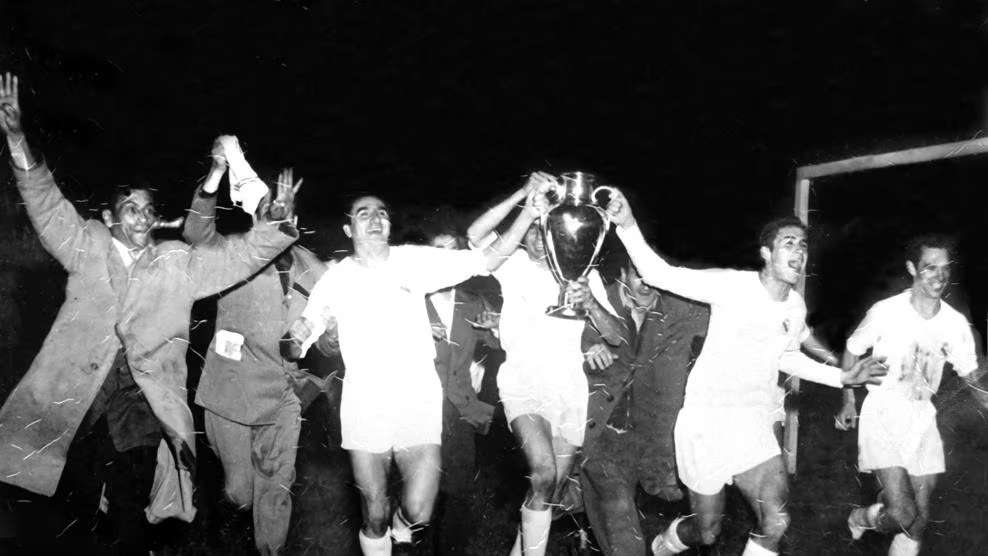
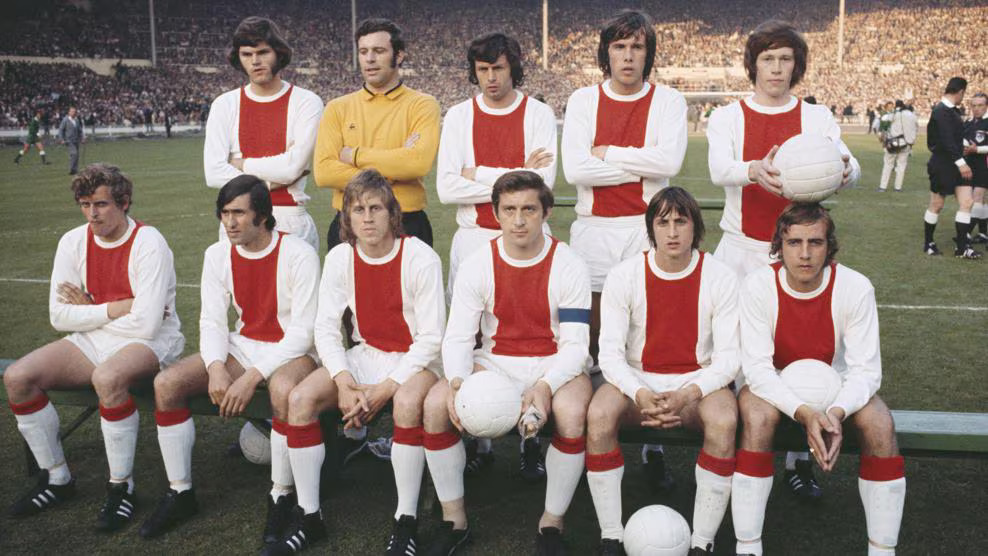
1970s
On the pitch, European football in the 70s was marked by Dutch artistry, German excellence and English spirit. Off it, the game developed immeasurably, as we modernised our organisation and consolidated our role as the cornerstone of the continent’s most popular sport.
The Champion Clubs’ Cup kicked off in SeptembeAjax and Bayern Munich dominated our club competitions for the first half of the decade, both enjoying three successive European Champion Clubs’ Cup triumphs – Ajax with their swashbuckling ‘total football’, and Bayern with a potent mixture of power and skill.
It was then the turn of English clubs to take over at the top – Liverpool’s triumphs in 1977 and 1978 were followed by Nottingham Forest’s improbable rise from relative obscurity to clinch the title the following year. In addition, two new major European club competitions were launched – the UEFA Cup and UEFA Super Cup.
1990s
New horizons opened for UEFA and European football in the 1990s – a period marked by explosive growth in TV coverage and rights, sponsorship and communication that together transformed the game into a truly global phenomenon.
The decade started with the election of Sweden's Lennart Johansson as our fifth president. With general secretary Gerhard Aigner, he would guide UEFA through a period of rapid and far-reaching change. Both men understood the need to balance new commercial opportunities with respect for European football’s traditional values while reinvesting revenue back into development.
In September 1991, an Extraordinary UEFA Congress in Montreux, Switzerland, decided to revamp the European Champion Clubs' Cup. Its replacement, the UEFA Champions League, was an immediate success. Football’s global superstars captivated millions of fans in the stadium and in front of their TV sets across the world.
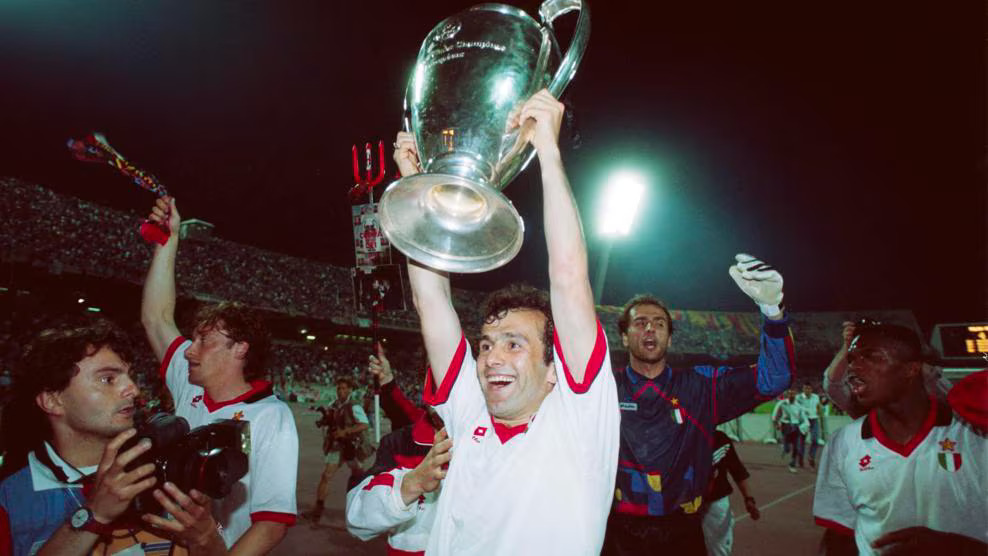
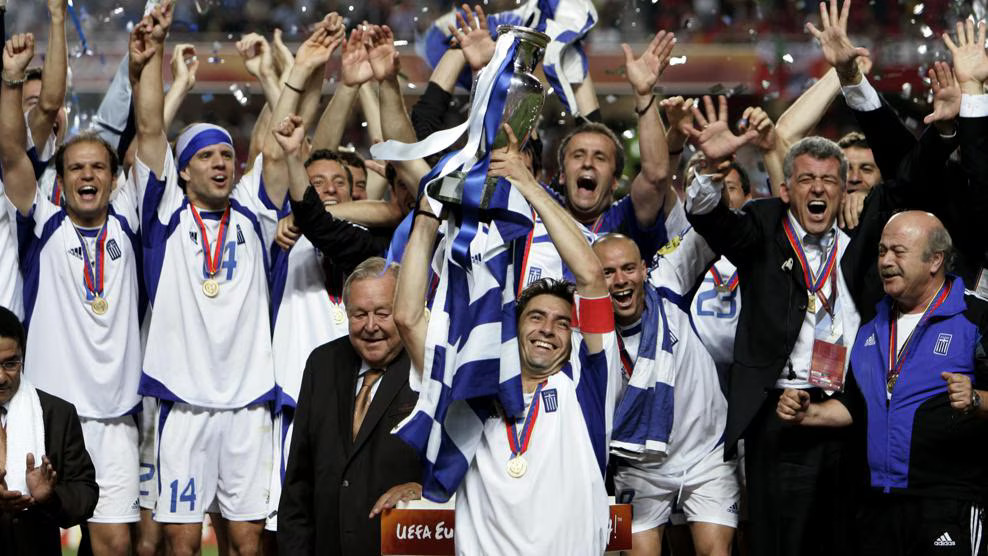
2000s
With the dawn of a new millennium, UEFA recognised the need to extend the scope of its partnership model to cover the entire European football community. In addition to longstanding ties with our member associations, which totalled 51 in 2000, we intensified our relationship with other stakeholders. Over the course of the decade, we established cooperation agreements with Europe’s clubs, leagues and players’ bodies.
The early 2000s brought a restructuring of our administration, with the then general secretary Gerhard Aigner taking the role of chief executive. Lennart Johansson was re-elected as president for a fourth term in April 2002. Two years later, another Swede, Lars-Christer Olsson, replaced Aigner as chief executive, Aigner having retired in UEFA’s 50th year of existence – 33 of which he had spent honourably serving European football.
The decade also saw UEFA strengthen its role as guardian of the game by setting new standards for good football governance: first, with the approval of our pioneering club licensing system – a set of requirements that clubs must meet to be eligible to participate in our competitions, then with the introduction of financial fair play measures to stabilise clubs’ financial management.
